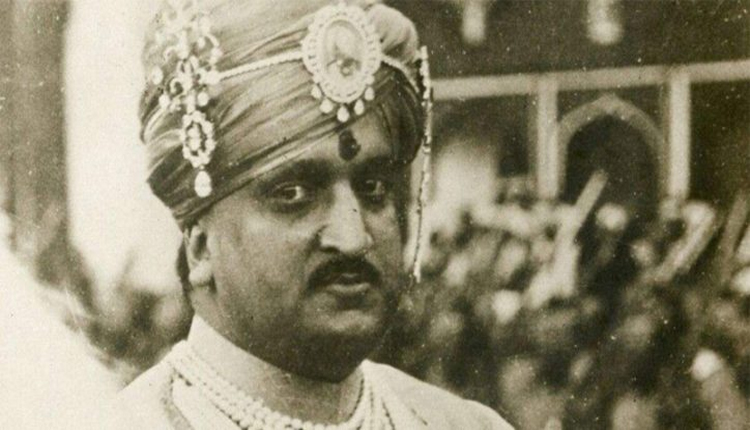NewDelhi: As the nation turns its attention to Jammu and Kashmir following the recent election results, it is essential to remember the region’s last Maharaja, Hari Singh. This article delves into his educational background and military training, shaping his role in Jammu and Kashmir’s history.
Hari Singh was born to Amar Singh and Bhotiya Chib and ascended to the throne of Jammu and Kashmir in 1923 after the death of his uncle. In the wake of India’s independence in 1947, he aspired to keep Jammu and Kashmir as an independent state. However, facing attacks from armed tribal groups and the Pakistani army, he sought support from Indian forces, leading to the accession of Jammu and Kashmir to India. He remained the nominal Maharaja until 1952, when the Indian government abolished the monarchy. Maharaja Hari Singh passed away on April 26, 1961, spending his final days in Bombay.
At the age of 13, Hari Singh was sent to Mayo College in Ajmer for his education. Tragically, his father passed away just a year later in 1909. The British showed considerable interest in his education and appointed Major H.K. Barar as his guardian. Following his time at Mayo College, he received military training at the Imperial Cadet Corps in Dehradun, operated by the British.
Upon becoming the ruler, Maharaja Hari Singh conducted free elections and established a legislative assembly known as the Praja Sabha, which operated under the Ranbir Penal Code (RPC). In 1932, he formed a committee led by Sir Barjor Dalal to further strengthen governance. Reports indicate that the Praja Sabha comprised 75 members, with 33 elected representatives, 30 nominated members, and 12 from the officer class.
The composition of the assembly reflected the demographics of the region, with Kashmir province receiving 16 seats—11 for Muslims, 3 for Hindus, and 1 for Sikhs. Jammu province was allocated 17 seats, comprising 9 Muslims, 7 Hindus, and 1 Sikh.
As we reflect on the legacy of Maharaja Hari Singh, his educational journey and contributions to governance remain pivotal in understanding the historical landscape of Jammu and Kashmir. His leadership during a tumultuous period continues to resonate in the ongoing discussions surrounding the region.


Comments are closed.